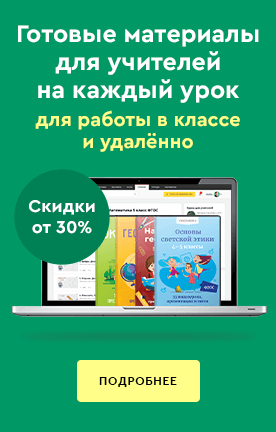| LESSON: Yummy Food p. 76-77. Traditions and Customs | School:№13 | Lesson: 12 |
| Date: 14.02/16.02 | Teacher name:Мавланова Д |
| CLASS: 2 д/евга | Number present: | absent: |
| Learning objectives(s) that this lesson is contributing to
| 1. listening to a description and labeling a picture 2.developing language skills. 3. providing opportunities for individual and collaborative writing. |
| 2.L1 understand a range of short basic supported classroom instructions 2.S4 respond to basic supported questions giving personal and factual information 2.UE8 use simple imperative forms [positive and negative] for basic commands and instructions 2.UE9 use common present simple forms [positive, negative, question] and contractions to talk about what you want and like and habits and facts |
| Lesson objectives | All learners will be able to: |
| Sing a song’’ Hello’’ To introduce the pupils to the English alphabet; To present and prictise words Talking about healthy and junk food I like |
| Most learners will be able to: |
| To practise greetings with teacher’s support Using plural of nouns |
| Some learners will be able to: |
| Make simple sentences with teacher’s support |
| Language objectives: | Learners can: - recognize sound and name the letters of the alphabet; -greet one another using phrases: Counting Telling age Congratulating - pronounce familiar words and expressions intelligibly; - make introductions and requests in basic interactions with others. |
| Key words and phrases: Talking about healthy and junk food I like |
| Useful classroom language for dialogue/writing: oral |
| Discussion points: |
| Can you say why we greet one another? |
| Writing prompts: |
| Assessment for Teaching | Criteria based assessment. Assessment criteria: Introduce himself/herself clearly. Descriptor: A learner greets himself/herself correctly; Talking about healthy and junk food I like Self-assessment: Hand signals |
| How to overcome barriers in learning English | -Smile, create a favorable atmosphere in class. -Encourage learners to dialogic learning. -Use their mother tongue to start. |
| Value links | A secular society with high spirituality Development of the national system of education and training |
| Cross curricular links | English |
| ICT skills | Pictures, slides, CDs |
| Success criteria | Pupils achieve if: Can pronounce letters Can listen sounds |
| Previouslearning | Use cardinal numbers 1-12 to count School supplies |
| Plan |
| Plannedtimings | Planned activities (replace the notes below with your planned activities)
| Resources |
| Beginning 3-min | Learners are introduced with the lesson objectives /D/ Organize the lesson Greetings Hello, Good morning pupils! How are you? Fine, thanks. Sit down. Warm up. Brain storming. Stand up, please! Let’ s do exercises. Hands up! Clap! Clap! Clap! Hands down! Shake! Shake! Shake! Hands on hips! Jump! Jump! Jump! Hop! Hop! Hop! Stand still ! 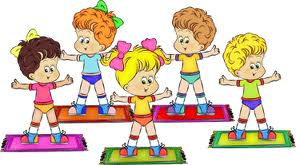
Assessments by smiles (Activities to revise the vocabulary from the previous lesson) Name two school items, e.g. a book and a pen. Ask a pupil to bring them to you. Say Thanks you as you receive them. Repeat with as many pupils as you think is necessary. Play the get your pencil song from the previous lesson. Encourage the pupils to sing along. | CD-player
Track 22 CD1 |
| Middle 7-10min
2-min
3-min
5-min
10-min
5-min
| Present and practice (activities to present and activate the new language.) Listen, point and repeat Pupils’ books closed. Put up the My Numbers! Poster on the board. Point to numbers 1-12 and elicit them. Then point to numbers 5-10, one at a time, and present them. The pupils repeat, chorally and individually. Point to each number in random order. Ask individual pupils to name the numbers. Ask the rest of the class for verification. Have you rest? Double, double, This, this Double, double That, that Double this Double that Double, double This, that
/D/ Teacher demonstrates and drills basiclessons, prepositions of place using visual at board. Pre-teaching  
/W/ use a visual presentation of objects . work with a set of number flashcards [numerals]. Learners use fingers to count as Teacher says numbers as a warmer to the song.
/D/ Teacher demonstrates simple plus/minus sums producing written numerical answers. /I/ /f/ learners given a worksheet with a range of jumbled numbers 1-10 to colour according to Teacher’s instructions. Pupils’ books open. Play the CD. The pupils listen point to and repeat the letters and the words. Play the CD again pausing after each word. The pupils repeat, chorally or individually. Audioscript Six, seven, eight, nine, ten. Let’s listen! Set the scene by asking the pupils questions about what they can see in the pictures. 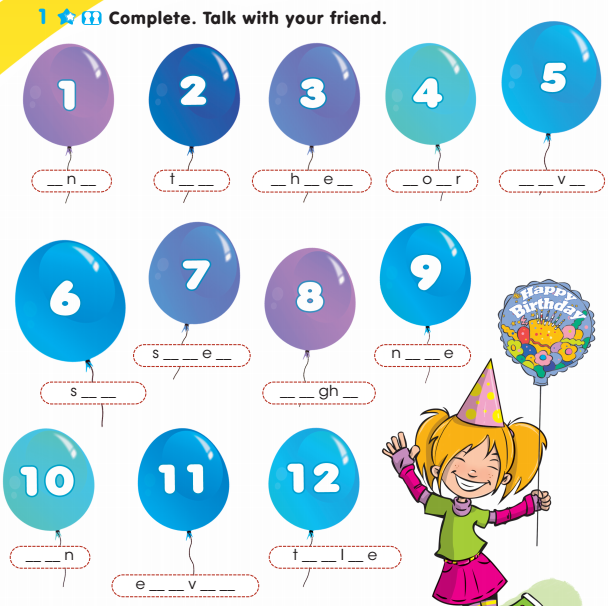
Play the CD. The pupils listen and follow the dialogue in their books. Audioscript 
Extension activity (Optional) -For stronger classes: Select a short exchange from the dialogue for the pupils to act out in pairs. Allow them some time to rehearse their exchanges. Have some pairs come to the front of the class and perform their exchanges. -For weaker cases: ask some pupils to take out their story cutouts. Ask them to shuffle them. Play the dialogue with pauses. The pupils listen and hold up the corresponding cutout. Listen and circle. Talk with your friend. Point to the school items and elicit the names. Explain the activity. Play the CD., twice if necessary. The pupils listen and complete the activity. Answer key 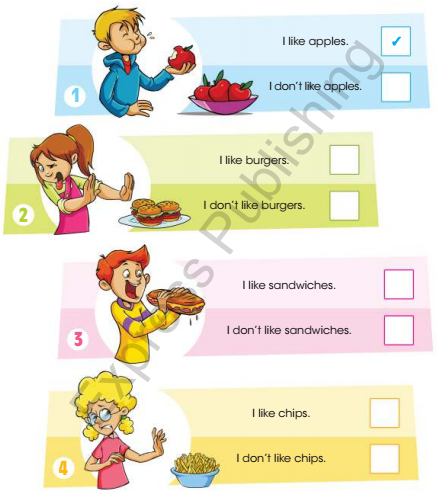
The pupils then work in pairs. They ask and answer questions about the number of the items they have circle. Demonstrate this yourself first. Check round thhe classroom, providing any necessary help. Ask some pairs to report back to the class. Suggested answer key
Extension activity (optional) As a class or in groups, the pupils can replace the pencils with other items they can find in their schoolbags and make up a new song. When they are ready, they can sing it to the class. Suggested answer key 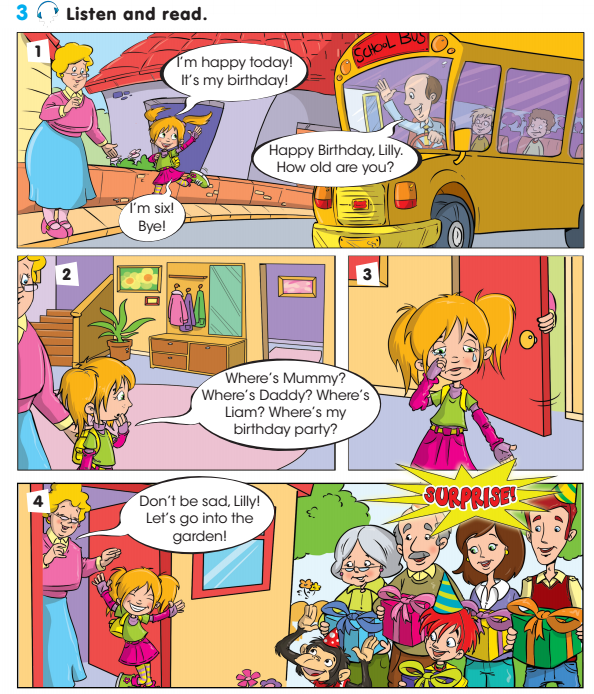 (See the introduction for further ideas on how to exploit the songs) (See the introduction for further ideas on how to exploit the songs)
| Poster
Track 24 CD1 Pupils’ book
video
Pupils’ books
Track 25 CD1
Track 26 CD1
Track 27 CD1
|
| End 5-min
2-min | (An activity to consolidate the language of the lesson) My Lucky Numbers Ask the pupils what their lucky number is from 1-10. Tell them to write it on a piece of paper and decorate it. Then they present their lucky number as they leave the classroom. Display the pupils’ drawing around the classroom. Then help them file their drawings in their Language Portfolios. Activity book (optional) If you wish, you can do page 30 from the activity book during this lesson or the next one. 9-10 smiles- “5” 8-6 smiles –“4” 5-3 smiles - “3” The song “Good bye” | Papers and pencils
CD - player |
| Additional information |
| Differentiation – how do you plan to give more support? How do you plan to challenge the more able learners? | Assessment – how are you planning to check learners’ learning? | Cross-curricular links
Health and safety check
ICT links
Values links |
| More support: Provide less ablelearners with the foursentences written on aworksheet so they canlisten and read.
Create mixedability groups fordiscussion. Ensure they
are not always in the roleof timekeeper.
More able learners:
At start of lesson, theythink of several reasonswhy pictures could be theodd one out.
They sharefurther facts about naturaldisasters. | Monitor learners to checkthey can pick up specificdetails when listening tofacts reported from map,facts about naturaldisasters; detail fromvideo. Note those who
found listening for detailhard.
Observe learners whenparticipating in discussion.Did the group dynamicswork? Did each learnercontribute to thediscussion? If not, whynot? (e.g. didn’tunderstand what to do; not
so confident speakingEnglish; not interested intopic; other)
Record what theyconsidered they hadlearned from the lesson.
Could they express whatthey had learned aboutcontent and language?
Could they express whichskills they had developed?
| Learners work in groups apply skills and knowledge to a practical and cooperative task, and produce their own materials. All of these lesson correlate with the aims of critical and creative communication set out . Job and work: developingvocabulary range tocommunicate knowledgeof natural disasters;
looking at a interview for jobs showing recentnatural disasters andinterpreting information onit.
Respecting diversity ofopinion |
| Reflection Were the lesson objectives/learning objectives realistic? What did the learners learn today? What was the learning atmosphere like? Did my planned differentiation work well? Did I stick to timings? What changes did I make from my plan and why?
| Use the space below to reflect on your lesson. Answer the most relevant questions from the box on the left about your lesson. All lesson and learning objectives were met. The lesson was exciting. Learners were always in action and interaction. Game style lessons prove to be very useful. Count from 1 to 10 Using pictures answer the questions Learners were very active Work individually and pairs |
| Simulation game created this opportunity for them.
|
| Summary evaluation What two things went really well? 1:Count the numbers from 1 to 10 2:using school supplies to count What two things would have improved the lesson? 1:Activity class 2:All learners could tell school supplies What have I learned from this lesson about the class or individuals that will inform my next lesson? Answer the questions with teachers support |






 (See the introduction for further ideas on how to exploit the songs)
(See the introduction for further ideas on how to exploit the songs)









